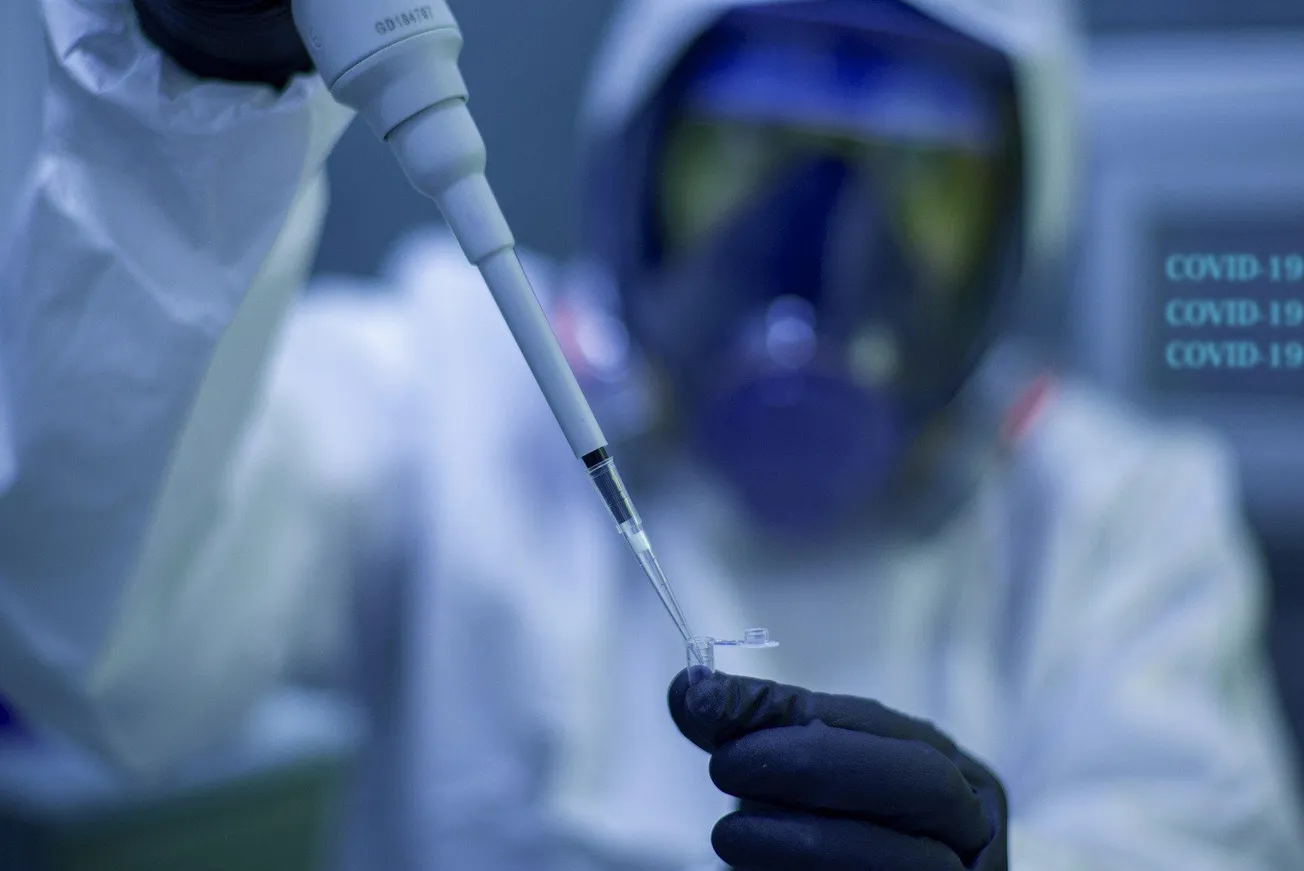A focus of humanitarian aid to Haiti right now is to get food, water, tarps, tents and medical supplies into those remote rural areas in the mountainous southern peninsula, only accessible by helicopter. Partnering with USAID or with other Haitian or foreign charities, eight military aircraft from the U.S. Southern Command are carrying supplies to these small communities to meet their immediate needs and stock them with supplies to face the months ahead. Multiple trips are made daily from the Port-au-Prince airport. Residents of these communities have lost everything—crops, livestock, even the ability to leave, as roads have been destroyed by the earthquake and mudslides caused by Tropical Storm Grace.
Food is urgently needed. According to the World Food Program, in the three most severely affected departments—Sud, Grand’Anse, and Nippes—the number of people in need of urgent food assistance has increased by one-third since the quake, from 138,000 to 215,000. A year ago, the UN had warned that 4.4 million Haitians (42% of the population) faced acute food insecurity; and the country ranked 104th out of 107 on the Global Hunger Index. Now, Lola Castro, WFP’s regional director for Latin America and the Caribbean, said in an Aug. 26 statement: “The earthquake rattled people who were already struggling to feed their families due to economic and climate shocks, and insecurity. The compound effects of multiple crises are devastating communities in the south faced with some of the highest levels of food insecurity in the country.”



